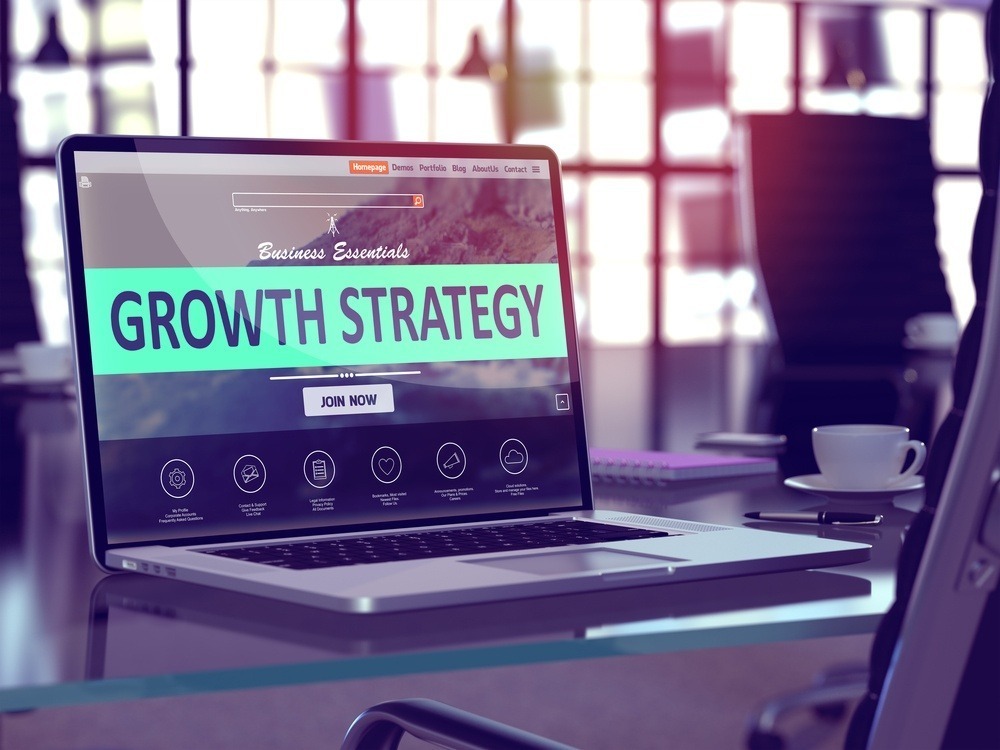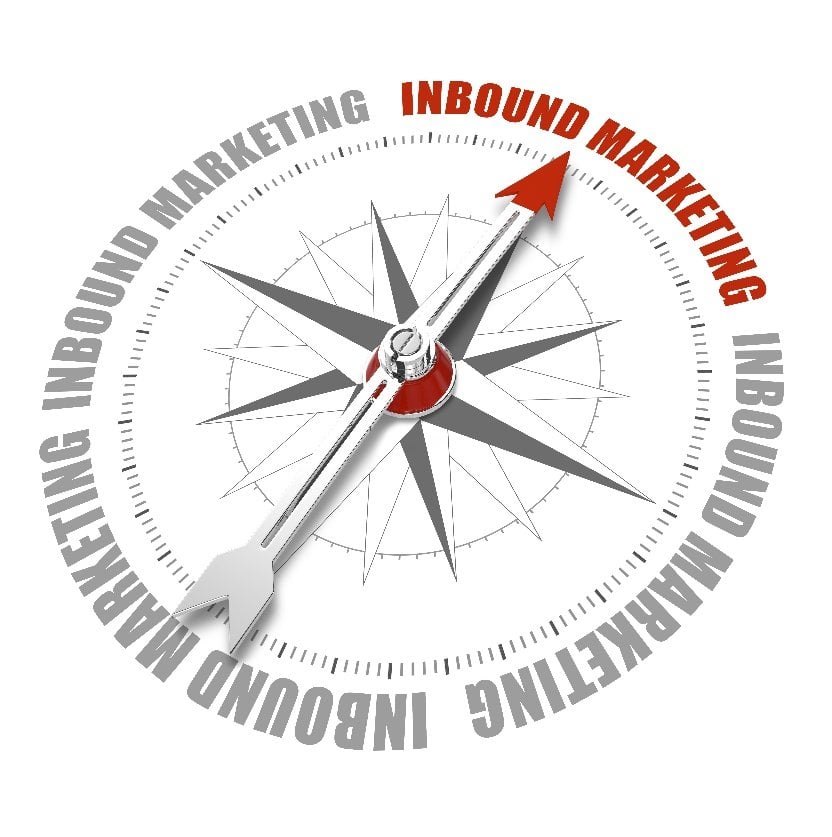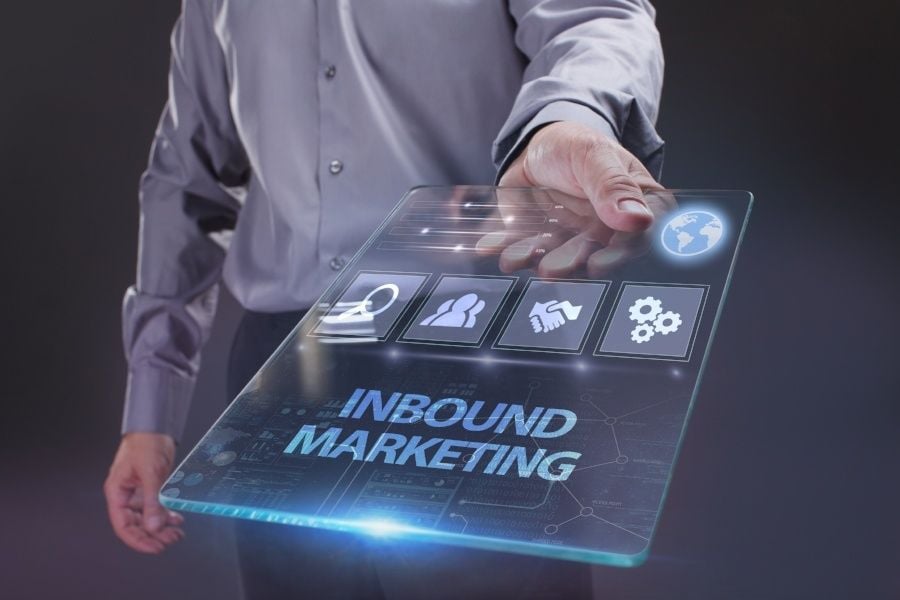
Incorporating the latest trends in your digital marketing strategy is crucial to remaining relevant and competitive.
At this point in your business, you probably have experienced the immense benefits of having an effective digital marketing strategy. Whether you leverage omnichannel marketing–website, social media, email, and search engine marketing–you might have achieved some success with one or multiple of those channels.
Generally, digital marketing is a low-cost strategy that helps you attract, engage, and convert customers. You can also use it to delight existing customers and encourage them to purchase from you or champion your brand to their connections. Ideally, it allows you to broaden your local reach, target audiences more effectively, and experiment with multiple content types to cater to various audience segments and boost brand engagement.
As you map your digital marketing strategy for 2023, here are nine trends you should not ignore.
- Youth-Centered Marketing
- First-Party Data
- More Growth in Influencer Marketing
- Artificial Intelligence
- Short-Form Videos
- User-Generated Content
- Conversational Marketing
- Inclusive Marketing
- Social Impact
Youth-Centered Marketing
As Julia Hoffmann puts it, ''it's Gen Z's world'. The younger generation, who, according to Statista, is the third largest population, trailing behind millennials and baby boomers, is recording an increasing purchasing power. According to Julia, we are living in their world, so instead of bringing them into our world, we should meet them in theirs.
Characteristic of the younger generation, as noted with millennials, they do not fancy hard-selling. Instead, they prefer experiential and imaginative marketing. Think short-form videos and marketing materials with beautiful aesthetics. You should also aim to craft messages that appeal to their values as they're drawn to companies with strong values.
Especially, Gen Z has grown with the internet, so their purchasing decisions are different from the older generation. They prefer to show up where it matters most, so your marketing should prioritize relevance and authenticity. For instance, you could study their trends (in fashion, interests, etc.) to create videos that resonate with them and tailor them for the platforms where they prefer to hang out.
First-Party Data
Cookies have brought about significant breakthroughs in the digital marketing space, enabling retargeting and personalized advertising, among other benefits. But with Google set to phase out cookies, marketers must develop new strategies to navigate marketing without cookies.
If your company relies heavily on third-party cookies, you need to shift focus to first-party data. Mainly, this involves collecting the data directly from the customers through analytics tools, customer insights, surveys and polls.
More Growth in Influencer Marketing
Influencer marketing has risen to become one of the most effective digital marketing tools. According to statistics, the influencer marketing market stood at $16.4 billion in 2022, more than double the 2019 market size.
As Statista reports, collaborating with influencers has become more profitable than ever, even as the influencer marketing industry continues to grow. While Instagram remains the influencer's comfort zone, TikTok and YouTube are fierce contenders. According to HubSpot, 25% of marketers leverage influencer marketing. 72% used Instagram, while 45% used TikTok in 2022. Other platforms, such as Facebook, are also popular, with 52% of marketers having used it.
In terms of influence, 72% of Millennials and Gen Z follow influencers on social media, with 50% of Millennials saying they trust product recommendations from them. In comparison, 33% of Gen Z admitted to buying a product recommended by an influencer in the past three months.
Influencer marketing is enormous and not to be ignored.
Artificial Intelligence
Artificial Intelligence (AI) continues to enhance digital marketing, enabling companies to create more relevant and impactful customer engagement. From providing accurate insights into customer behavior for better campaigns, chatbots that improve the customer experience, and digital assistants, AI has become a valuable tool you can leverage to maximize your ROI.
While AI may not necessarily replace human marketers, companies utilizing AI tools like ChatGPT stand to gain increased efficiency instead of those that don't. You may not want to use AI in content creation, but as Forbes puts it, it can be handy for outlining, brainstorming, and research purposes.
Short-Form Videos
Content consumption habits continue to change, with people now leaning more toward short-form videos. Instagram Reels, TikTok, and YouTube shorts have become increasingly popular and favored over longer videos.
Considering that video remains the most engaging type of content whose demand continues to rise, you need to align your video marketing strategy with the trends. Popular video content types you can leverage include explainer videos, product demos, testimonials, tutorials, product reviews, ads, etc.
User-Generated Content
As mentioned, with the younger generation increasingly forming a larger section of U.S. consumers, you should change your marketing approach to align with their preferences. For example, they don't like feeling like they're being sold a product, so hard-selling will hardly work with them. This means shifting more focus to user-generated content.
Some of the most effective methods of creating user-generated content include:
- Video testimonials from past customers
- Customers streaming live while unboxing your products
- Reviews on Google, Yelp, Facebook, and other reviews sites
- Sharing posts of customers using your product/service on social media
While some customers may create user-generated content voluntarily, you can offer incentives to encourage more to participate. For instance, you could hold contests requiring customers to share a photo or video using your product on social media or encourage them to review your business/product/service by giving a special discount.
Conversational Marketing
The growing incorporation of digital presence by most companies continues to alter consumer habits. Most website visitors and customers expect to find what they want now, not later. With more digital tools enabling real-time communications hitting the market, customers are growing impatient over waiting for a response to their questions for a day or two. This has popularized the concept of conversational marketing, with tools like chatbots, voice search, virtual selling assistants, and SMS, powering instant connections and enhancing the user experience.
Companies continue to incorporate chatbots into their websites and provide other real-time communication tools, making it more convenient for customers to engage with their brand and get help immediately. For instance, in a HubSpot Study, nearly half of the customers surveyed said they were open to buying using a chatbot. Statista projects that global chatbot revenue will rise to $454.8 million by 2027, up from $40.9 million in 2018.
Inclusive Marketing
Inclusivity is no longer a preserve for HR. Inclusive marketing is becoming a popular concept and worth leveraging in 2023. Accommodating all users improves your brand appeal and allows you to expand your reach and attract more prospects.
Generally, inclusive marketing lets you connect with your audiences across different demographics. This may require an audit of your target audience to understand their demographics (age, gender, education, income status, etc.) Once you have a clear picture, you're better placed to create marketing messages that appeal to each audience segment, garnering more engagement.
Inclusivity also means catering to the disabled community, e.g., by incorporating the necessary features on your website to make it easier for them to access and navigate it.
Social Impact
Not a new trend per se, but one set to feature in many companies' marketing strategies in 2023. Generally, customers care about brands that demonstrate social and environmental responsibility. An excellent example of social responsibility's impact is the Columbian sportswear brand that hit the headlines in 2020. Tim Boyle, the company boss, volunteered a salary cut to allow the retail employees to continue receiving regular pay during the lockdown. As a result, the company reported increased revenue in 2021 after the buzz it caused following the CEO's voluntary salary cut.
Having outstanding values is not enough. Customers expect companies to make conscious efforts in social and environmental responsibility, and one way to achieve this is by adopting value-based marketing.
Final Thoughts
Digital marketing is set to grow even bigger in 2023, especially among the younger generation that relies on the internet to guide their purchasing decisions. As you map your digital marketing strategy for the year, take note of the above trends and align them accordingly. If your customer base includes Gen Z and Millennials, ensure you adopt youth-centered marketing, focus more on creating short-form videos, and invest in influencer marketing.
Changing customer experience trends also requires integrating artificial intelligence and conversational marketing into your strategy. In addition, leveraging user-generated content is a smart strategy for engaging your audience, especially those turned off by hard-sell. Moreover, you may want to start developing your first-party data collection strategy to prepare for the cookie-less future of marketing.
Finally, if you don't have an in-house marketing team, consider outsourcing your digital marketing to get the best hands on your marketing goals. Among other things, a professional digital marketer has the expertise and resources you need to run and scale your marketing. Besides, an effective digital strategy requires time to implement and close monitoring. At Rise Fuel, we can help you with your marketing strategy, inbound marketing, website design, content marketing, and paid search. Contact us, and let's chat.














